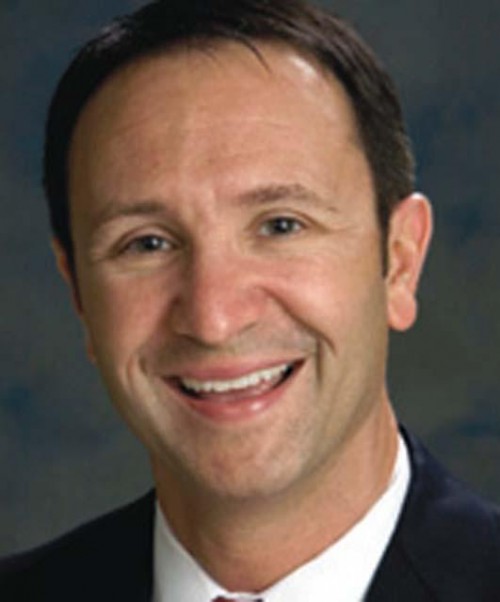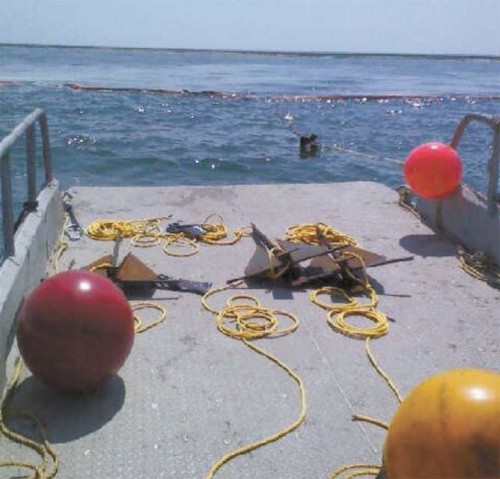Lucy Carr
February 4, 2011
No honeymoon for Landry
February 8, 2011Nine months after the Deepwater Horizon explosion and subsequent oil spill, BP began the first of three phases geared at retrieving orphan anchors in Louisiana waters on Saturday.
“Louisiana has one of the most active coastal areas in the nation,” said Andrea Taylor, public information director for the Office of Coastal Activities. “We are one of the country’s top recreational fishing destinations and have tremendous activity in the maritime and energy industries. Anchors threaten the safety of boaters and could cause damage to commercial fishing equipment.”
The first two phases of the retrieval, ordered by the U.S. Coast Guard in conjunction with the state, will take place in St. Bernard Parish, then will transition to the rest of the state waters. An estimated 3,500 orphaned anchors remain in St. Bernard Parish waters, according to Chief Sarah Foster, spokesperson with the Coast Guard.
The Coast Guard estimates 600 anchors remain in Terrebonne, Lafourche and Jefferson waters and 4,500 remain in Plaquemines Parish Waters, after “95 to 99 percent” of the tens of thousands of anchors deployed with the containment boom were retrieved, Foster said.
As the containment boom was being retrieved, not all of the Danforth anchors were accounted for. Some were embedded too deep in the sediment and others were displaced by summer storms, Foster said.
The first phase of the program will consist of underwater salvage teams conducting controlled testing and relocating the anchors to selected areas in St. Bernard Parish, where the anchors will be examined to find the most suitable way to remove them.
After that is complete, orphaned anchors will be removed from St. Bernard waters in phase two of the program. If the second phase is successful, operations will move into the third phase, which is the location and removal of anchors throughout all Louisiana waters impacted by the oil spill.
Taylor said the program should expand outside of St. Bernard waters by spring.
“We are going to continue to work with BP and the Coast Guard to expedite the plan and to push for concurrent removal efforts in multiple parishes,” Taylor said.
The Danforth anchors, anywhere from 20 to 70 pounds, were originally attached to the containment boom used in an effort to protect Louisiana’s shorelines from the crude oil gushing from the Macondo Prospect Well. The anchors embed in the sediment and collapse flat when not in use, the joint information center said.
Federal On-Scene Coordinator Capt. Lincoln Smith said to simply drag or trawl the Gulf floor would risk damaging pipelines and causing erosion. “The program requires BP to undertake careful panning to ensure there is no environmental damage or destruction to existing pipelines and infrastructure,” Smith said in a joint information center release.
BP has begun the process of retrieving more than 8,000 anchors that became detached from the containment boom used to keep crude oil from reaching the Louisiana coast. COURTESY PHOTO








